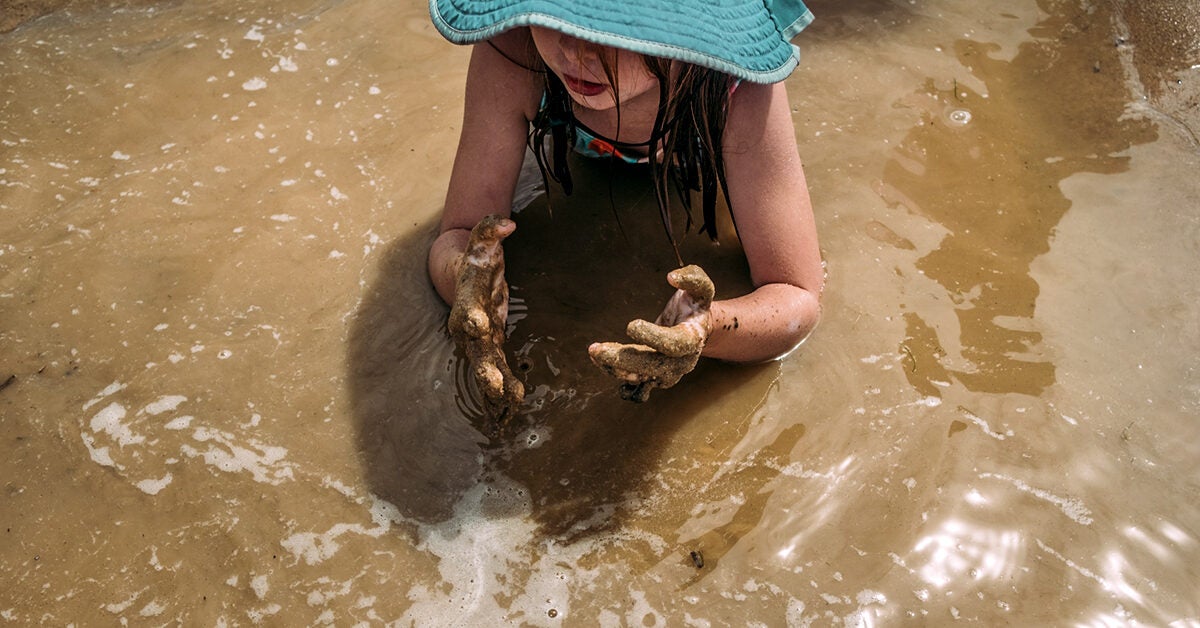- February 2, 2023
- No Comment
- 11 minutes read
Leptospirosis: Causes, Symptoms, Diagnosis, and Treatment – Healthline

Leptospirosis is an infection caused by Leptospira, a type of bacteria. It’s a zoonotic disease, meaning it can infect both humans and animals, like dogs.
The disease is mainly spread through exposure to the urine of an infected animal. In humans, this can happen due to contact with the urine or contaminated soil or water.
Sometimes, leptospirosis causes mild flu-like symptoms or no symptoms at all. But it can also lead to serious complications, such as meningitis, and it can be fatal.
Let’s cover how leptospirosis is diagnosed and treated. We’ll also discuss the best ways to prevent the condition in both people and pets.
Leptospirosis can have serious life threatening effects. Get medical attention if cuts in your skin or your mucous membranes, such as your eyes, have been exposed to the urine of unvaccinated animals or farm animals, or contaminated water or soil.
There are two possible phases, or types, of leptospirosis:
Anicteric syndrome is the first phase of leptospirosis. It’s a mild, flu-like illness that accounts for 90 percent of cases.
If a person gets better but gets sick again, they’ll enter the second phase of leptospirosis. This form is called icteric syndrome or Weil’s disease. It’s more severe.
Typically, this type of leptospirosis lasts several weeks. It’s less common than the first phase of leptospirosis.
The symptoms of leptospirosis range in type and severity.
Mild leptospirosis may cause:
In some cases, leptospirosis causes no symptoms at all.
Symptoms of severe leptospirosis include:
It usually takes between 1 to 2 weeks for the person with the condition to begin to show symptoms, but it could take up to a month.
Leptospirosis is caused by the bacteria Leptospira. It develops when you come into contact with:
The bacteria can enter the body through open wounds or mucous membranes, like the eyes or mouth. It then enters the bloodstream and spreads throughout the body.
It’s rare for leptospirosis to spread between humans. However, it can occur during pregnancy, via the placenta. This poses a risk of miscarriage.
Leptospirosis is widespread among animals. This includes farm, wild, and domesticated animals. It’s common in dogs but rare in cats.
An animal with leptospirosis might have no symptoms. They may also release the bacteria into the environment for several months or years.
Dogs can get vaccinated against leptospirosis. The vaccine provides protection for at least 12 months, so a yearly vaccination might be necessary. There are no leptospirosis vaccines for cats.
It’s possible for humans to get leptospirosis from animals. This can happen through contact with urine from an infected animal. It’s rarely transferred through animal bites.
Leptospira is commonly found in:
Leptospirosis is more likely to affect people who:
Leptospirosis is rare in the United States.
Treatment can help reduce the severity of leptospirosis. But without treatment, it can lead to complications, such as:
In some cases, it can lead to death.
The best treatment depends on the severity. Options include:
Mild cases of leptospirosis may be treated with simple remedies, such as:
Antibiotics are medications designed to destroy harmful bacteria. The following antibiotics are used to treat leptospirosis:
For severe leptospirosis, antibiotics may be given intravenously.
If you have severe leptospirosis, you’ll need to be admitted to the hospital. That’s because severe cases affect multiple organs.
At the hospital, depending on your clinical condition and the severity, you may require additional medical interventions, such as:
Contact a doctor if you think you’ve been exposed to animal urine or contaminated soil or water.
Other signs that you should contact a doctor include:
Leptospirosis can have serious life threatening effects. Get medical attention if cuts in your skin or your mucous membranes, such as your eyes, have been exposed to the urine of unvaccinated animals or farm animals, or contaminated water or soil.
Your healthcare team can diagnose leptospirosis using the following methods:
The best way to prevent leptospirosis is to avoid exposure to the bacteria. Here’s what you can do to avoid the disease:
Follow these tips to prevent contracting leptospirosis:
If your pet has leptospirosis, here’s what you can do to protect yourself:
Here’s what you can do to protect your pets:
Leptospirosis can develop in both humans and animals. It mainly spreads through the urine of infected animals, though it can also spread through contaminated water or soil.
Although most cases are mild, leptospirosis can lead to serious life threatening complications, like meningitis and kidney damage. It’s important to get treatment as soon as possible to avoid these issues.
To reduce your risk, avoid animal urine and contact with freshwater, especially after flooding. If you work with animals, always wear protective equipment.
Contact a doctor if you develop leptospirosis symptoms, such as fever, vomiting, diarrhea, neck stiffness, and headache.
Last medically reviewed on May 23, 2022
Our experts continually monitor the health and wellness space, and we update our articles when new information becomes available.
Current Version
May 23, 2022
Written By
Kirsten Nunez
Edited By
Roman Gokhman
Medically Reviewed By
Nuwan Gunawardhana, MD
Copy Edited By
Helena Hoayun
Share this article
OUR BRANDS

